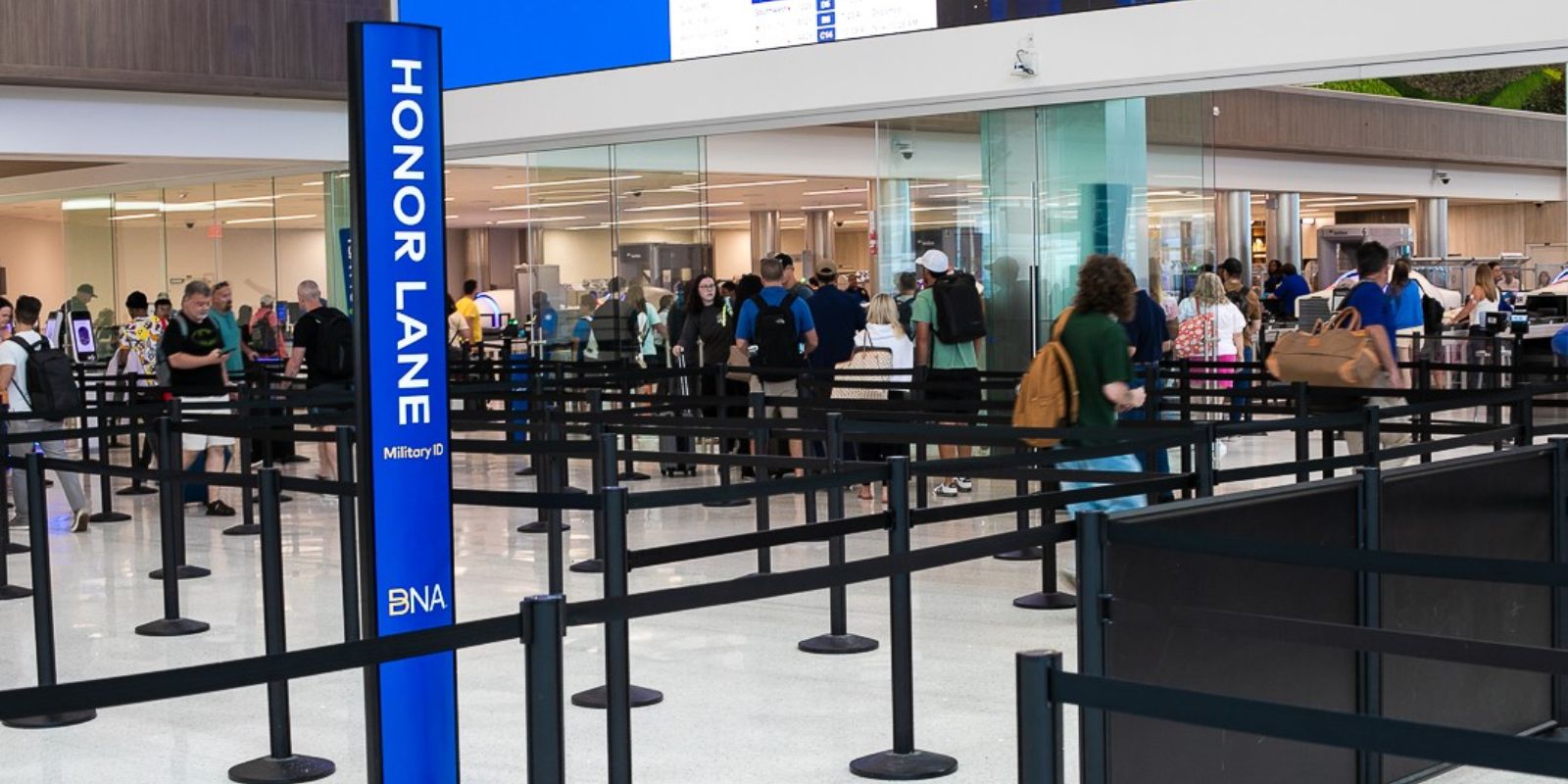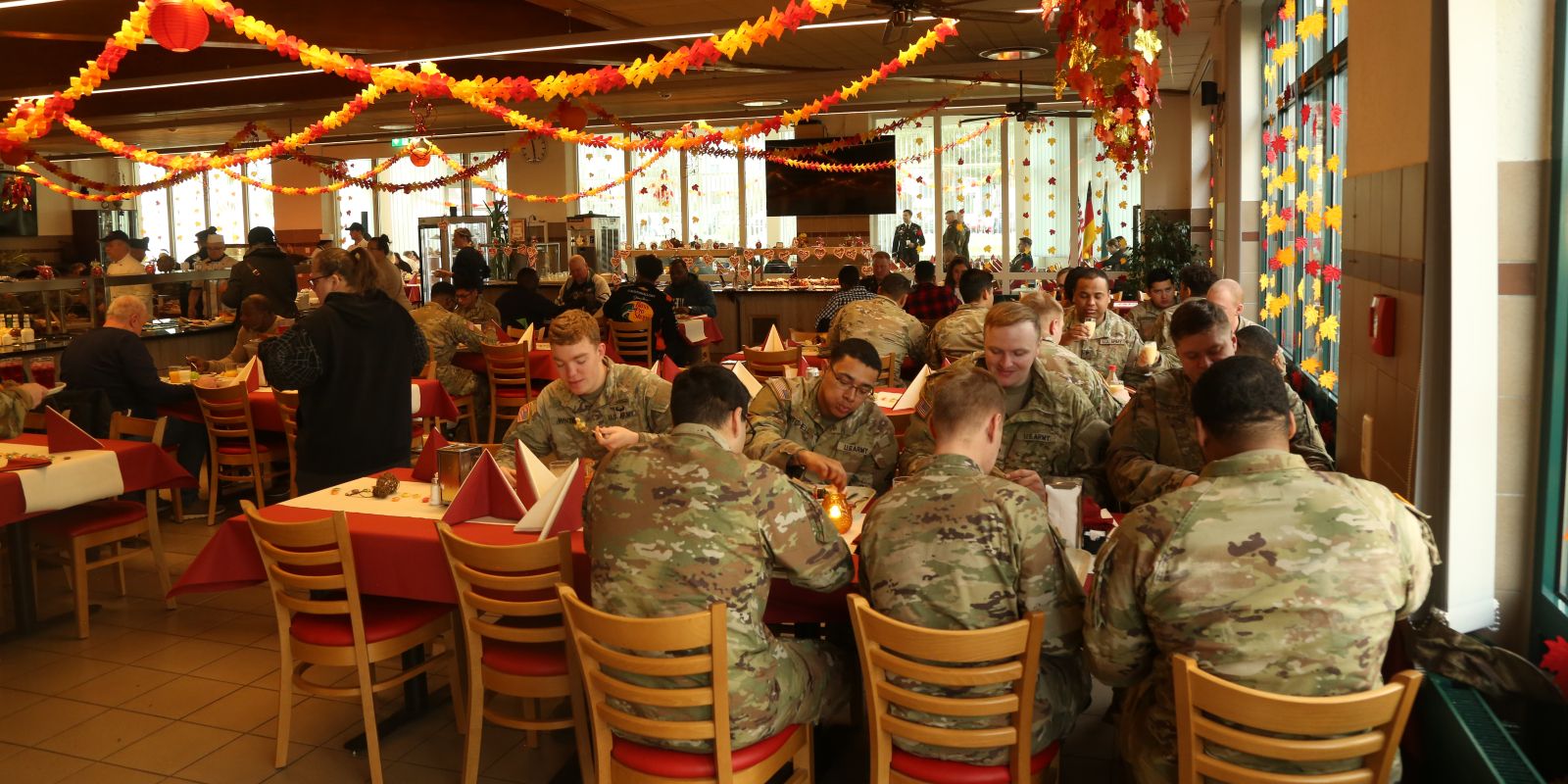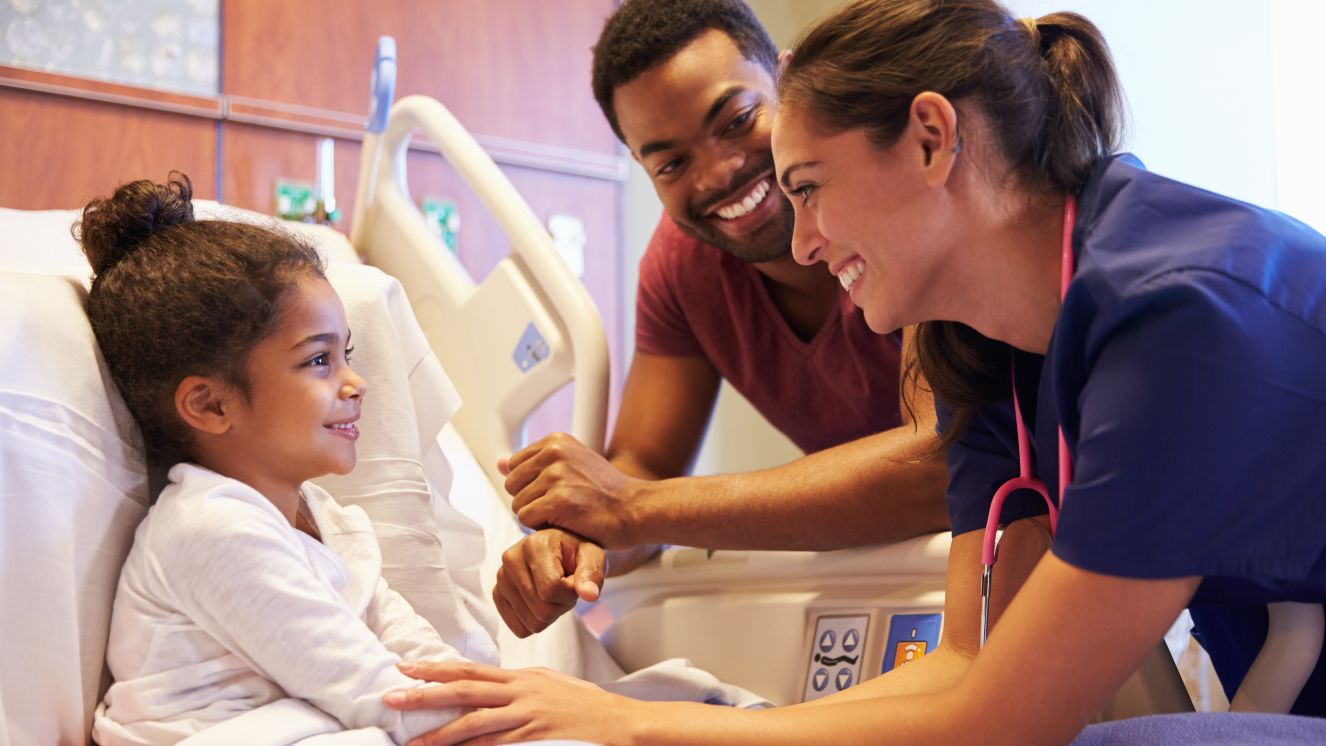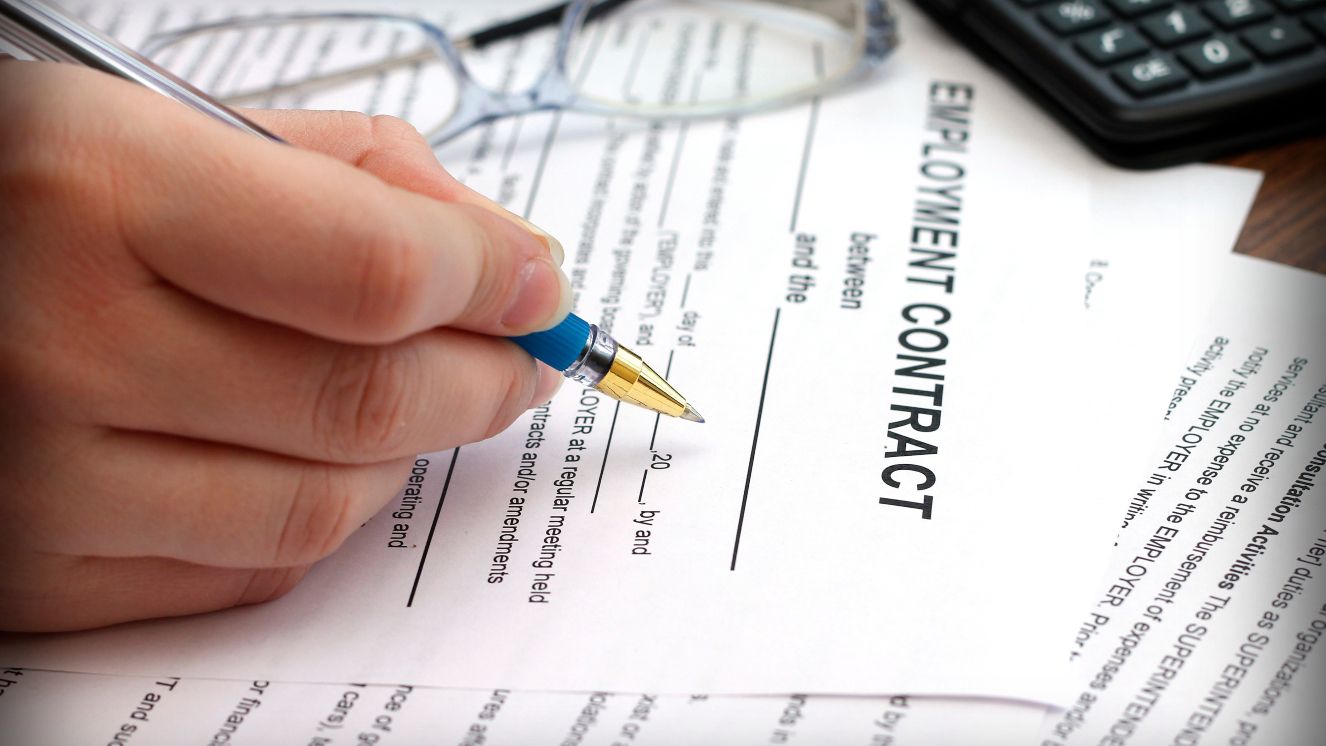PROTECTING GENERATION ALPHA: MILITARY FAMILY STRATEGIES DURING COVID

ADVERTISEMENT
At school pickup last week, I asked my daughter about her day like any other. She held my hand as we walked to the car and began with a recap of her 5th-grade classmates debating which school supplies could be used as weapons during an active-shooter drill: a stapler, a pencil, even safety scissors.
I remained outwardly calm, but inside I felt anxious—my throat tightened and my stomach dropped.
I never imagined raising a child with routine lockdown drills since kindergarten. Did any of us?
This is the reality of Generation Alpha. Our role is to communicate with children clearly, calmly, and confidently so that they are genuinely prepared. When military parents deliver effective messages, we ensure our children’s safety amid daily unique challenges.
*Gen Alpha includes children born between 2010 and 2024.
Challenges for Military Families During COVID-19
The CDC reports that firearm injuries are now the leading cause of death among children and teens ages 1–19, surpassing car accidents for the first time in history.
Dr. Debra Houry, the CDC’s chief medical officer, put it bluntly: “No parent should have to worry about their child not coming home from school alive. But this is the reality we must confront.”
Military families face additional stress due to frequent moves, deployments, and service demands. These can make kids strong, but also add emotional weight.
Schools are adapting too. In 2023, a GAO report showed that nearly all U.S. schools now conduct active-shooter drills. The Department of Education suggests avoiding drills with gunfire sounds or surprise scenarios, as these can traumatize students.
Instead, schools are encouraged to adopt approaches that consider students’ developmental needs and trauma responses. As schools fine-tune their approach, we must also reflect on our roles at home.
Military kids know this drill well. DoDEA schools follow the Standard Response Protocol (SRP): Hold, Secure, Lockdown, Evacuate, Shelter. These are the words our children already know, even if we’ve never spoken them aloud at home.
While schools focus on drills, our home actions are just as critical. Safe firearm storage and access prevention directly lowers unintentional deaths and suicides for kids.
The American Academy of Pediatrics (AAP) is clear: The safest home for a child is one without firearms; if firearms are present, they must be locked, unloaded, and separate from ammunition.
“Secure storage isn’t politics. It’s parenting.” — American Academy of Pediatrics
Nobody Prepared You for Military Life
But we can help. Join over 100k spouses already getting the specific advice, resources, and military tea they need to thrive.
Immediate Strategies for Military Parents in COVID
We train for everything in the military. Why should home be any different?
Military parents encounter risks so often that danger feels routine. But children need us to step up now and lead by preparing them for real threats.
The first step is language. Our children practice drills at school, but if we don’t use the same words at home, the lesson is incomplete. Use language consistently at home—write SRP terms on your fridge, discuss their meaning, and encourage kids to share feelings as you talk.
This helps everyone feel calm and supported.
Discussing COVID-19 Safety with Generation Alpha
One of the hardest parts of parenting isn’t the logistics; it’s knowing what to say. Experts agree that children need honesty, calm reassurance, and language that is appropriate for their age and maturity.
Early Elementary (K–2): Keep it Simple and Safe
At this age, kids think in concrete terms. They need short, clear instructions and reassurance that adults are in charge.
- “Do you know what it means when your teacher says ‘Lockdown’?”
- “Where do you sit or hide during a drill?”
- “Who is the grown-up that helps you feel safe at school?”
Sample Conversation:
Parent: “Sometimes schools practice staying quiet and safe, just like we practice fire drills. What do you do when your teacher says ‘Lockdown’?”
Child: “We hide in the corner and stay quiet.”
Parent: “That’s exactly right. You’re doing a brave job. And remember, teachers and parents always work together to keep you safe.”
ADVERTISEMENT
Upper Elementary (3–5): Address feelings and problem-solving.
At this age, kids begin to notice how drills affect them. Prepare to listen and assist them in processing.
After a drill, consider initiating an emotional check-in with your child. A brief decompression ritual, such as a two-minute breathing exercise or a short walk together, can help them reduce lingering stress and discuss any feelings they may have.
- “How do you feel during a lockdown drill? Are you nervous, calm, or something else?”
- “What’s one thing that helps you feel safe when you’re at school?”
- “If you’re not with your class when a drill starts, what do you do?”
Sample Conversation:
Parent: “When you had a drill today, how did it make you feel?”
Child: “Scared. My heart was beating fast.”
Parent: “That’s normal. Even grown-ups feel nervous during practice. What helps you when you feel that way?”
Child: “Holding my friend’s hand.”
Parent: “That’s smart. And remember, the drill is just practice — so you’ll know exactly what to do if there’s ever a real emergency.”
Middle School: Independence With Reassurance
Tweens want independence, but still need structure and guidance.
- “If you’re not in your classroom when a drill happens, where would you go?”
- “What would you do if your classmates started to panic?”
- “What’s one thing we could practice as a family that would help you feel safer?”
Sample Conversation:
Parent: “Let’s say you’re in the cafeteria when a lockdown happens. What’s your plan?”
Child: “I’d go to the bathroom or hide behind a table.”
Parent: “Good thinking. It’s essential to remain quiet and follow instructions. What if other kids are panicking?”
Child: “I’d tell them to stay calm.”
Parent: “That’s leadership. Remember, even adults get scared, but staying calm can help everyone feel safer.”
High School: Partnership and Responsibility
Teens need trust, responsibility, and a sense of partnership.
- “If an emergency happened, how would you help keep your friends calm?”
- “What’s your reunification plan? How do you know where to meet us?”
- “What questions do you still have about what to do in a lockdown or evacuation?”
Sample Conversation:
Parent: “If a drill or real emergency happened, what would you do to help others?”
Teen: “I’d tell people not to freak out.”
Parent: “Exactly. Staying calm sets the tone for those around you. Do you know where our reunification spot is?”
Teen: “Yeah, the football field.”
Parent: “Right. And if phones aren’t working, that’s where we’ll find each other.”
ADVERTISEMENT
Home Safety Measures for Military Families
Research shows most kids know where guns are kept—even when parents think otherwise. Secure storage laws and routines reduce accidental shootings and suicides—make it a daily practice at home.
The VA offers free locks, and Project ChildSafe has distributed millions to families nationwide.
For military families, secure storage is about discipline, not politics. Incorporating it into a nightly routine reinforces this commitment. For instance, establishing a three-step nightly lock-check—verifying that firearms are locked, ammunition is stored separately, and access codes or keys are kept out of children's reach—helps make secure storage an ongoing family habit.
Maintaining locked firearms, separate ammunition, and controlled access reinforces safety at home.
“Curiosity kills. Access is preventable."
Adapting Military Training Discipline at Home
In uniform, we would never deploy without training. At home, the same applies.
Completing a one-hour Stop the Bleed class equips parents and teens with essential life-saving skills, including using a tourniquet, applying pressure, and providing assistance until help arrives.
The DoD promotes bleeding-control kits as part of readiness, making them valuable for family preparedness. One military parent shared that after the class, they felt prepared and reassured to handle emergencies if needed.
“Training doesn’t plant fear. It grows confidence.”
Managing Social Media for Military Children
Tragedies don’t end when the sirens stop. They replay over and over on TikTok, Instagram, and YouTube. The U.S. Surgeon General’s 2023 advisory warned:
'Excessive social media use is linked to increased risk of depression and anxiety in children.'
Sit beside your kids. Watch together when possible. Turn off autoplay. Set limits for news consumption. Actively engage and spend quality time to help kids disconnect from distressing content. Suggest alternatives like board games, walks, or cooking together. Demonstrate by example that disconnecting is a healthy practice.
“Protect their minds as fiercely as their bodies.”
ADVERTISEMENT
Important Contacts for Military Families During COVID
Emergencies can happen at any time. Add these numbers to your phone tonight:
- 988 (Press 1): Veterans & Service Members Crisis Line
- Military OneSource (1-800-342-9647): Free counseling for service members and families
- MFLC (Military Family Life Counselors): Available in most DoDEA schools for children
Save crucial crisis and counseling numbers. Family preparedness is as important as military readiness. Just as we memorize our chain of command, our families deserve the same level of readiness.
“Readiness isn’t just for missions. It’s for moments that save lives.”
Communicating COVID-19 Concerns Within Military Families
Generation Alpha has never known life without iPads. They grew up masked through a pandemic. And from their first days of school, they’ve practiced lockdowns.
Let’s replace fear with confident preparation for Generation Alpha.
Military families know how to plan. We know how to protect. We know how to sacrifice. That discipline belongs in our living rooms and at our base schools just as much as it does on deployments.
This isn’t about politics. It’s about every child making it home for dinner. It’s about normalizing secure storage, demanding trauma-informed drills, and teaching words that empower instead of terrify.
Our kids are the lockdown, COVID, and iPad generation. They never chose these realities, but we can face them with action.
Here are the key steps:
- Use the same safety language at home as in school
- Secure firearms and hazardous items
- Stay trained and prepared as a family
- Address media exposure together
These steps provide clear, actionable ways to protect and empower Generation Alpha.
Protecting Generation Alpha isn’t optional. It’s a mission that every military family must take on now. Start tonight by speaking with your family about safety, securing all firearms and dangerous items, and reviewing your emergency plan together. These actions help keep your children both safe and confident.
Here’s what you can do before your head hits the pillow tonight:
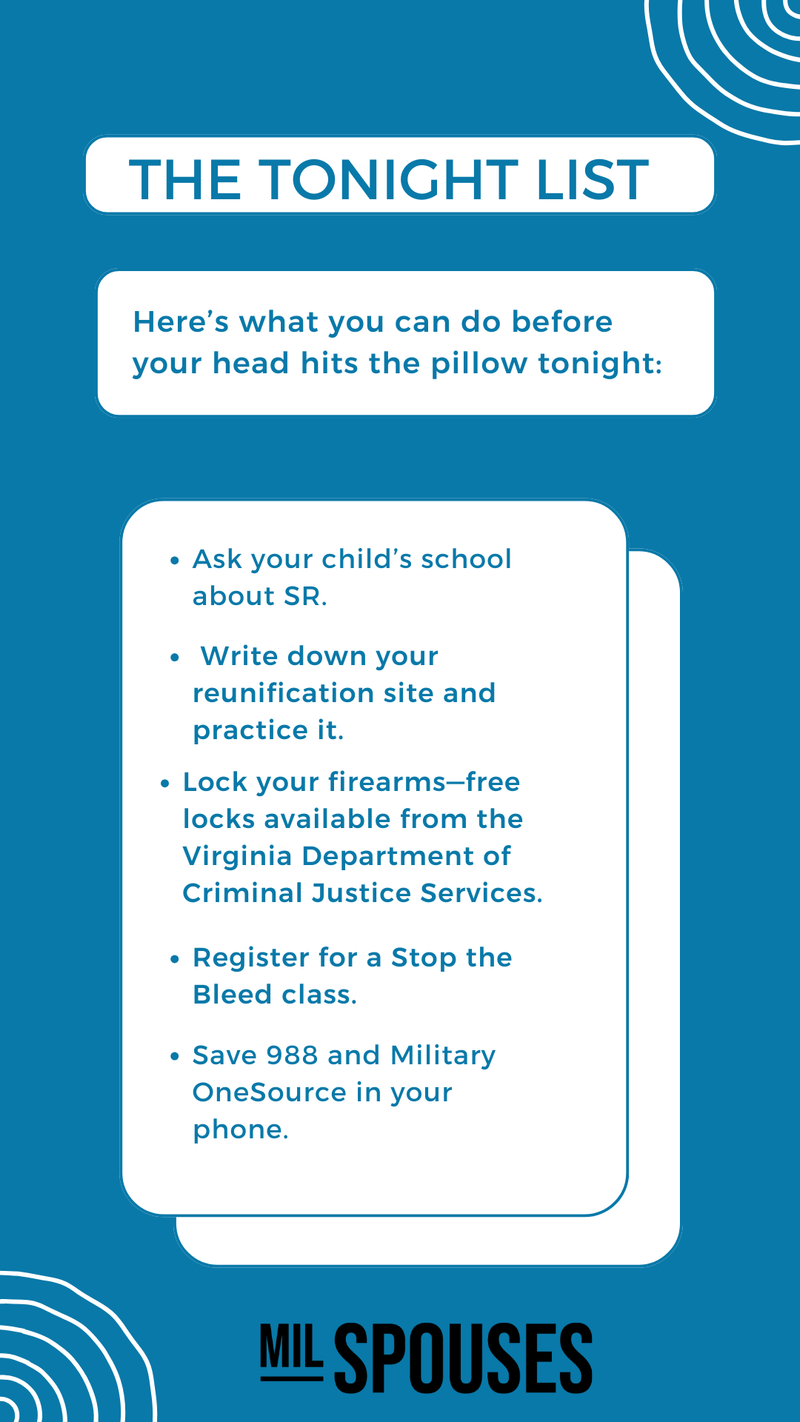
Readiness at home isn’t just a plan. It’s love in action.
Complete this list tonight and share it with your unit, spouse group, or family community. Let's turn readiness into a collective commitment. Encourage your peers to post their completed “Tonight List” on the unit's social page and inspire one another. Together, we can build a culture of accountability and safety.
Suggested reads:

Veteran & Senior Contributor, Military News
BY NATALIE OLIVERIO
Navy Veteran
Natalie Oliverio is a Navy Veteran, journalist, and entrepreneur whose reporting brings clarity, compassion, and credibility to stories that matter most to military families. With more than 100 published articles, she has become a trusted voice on defense policy, family life, and issues shaping the ...
Credentials
- Navy Veteran
- 100+ published articles
- Veterati Mentor
- Travis Manion Foundation Mentor
- Journalist and entrepreneur
Expertise
